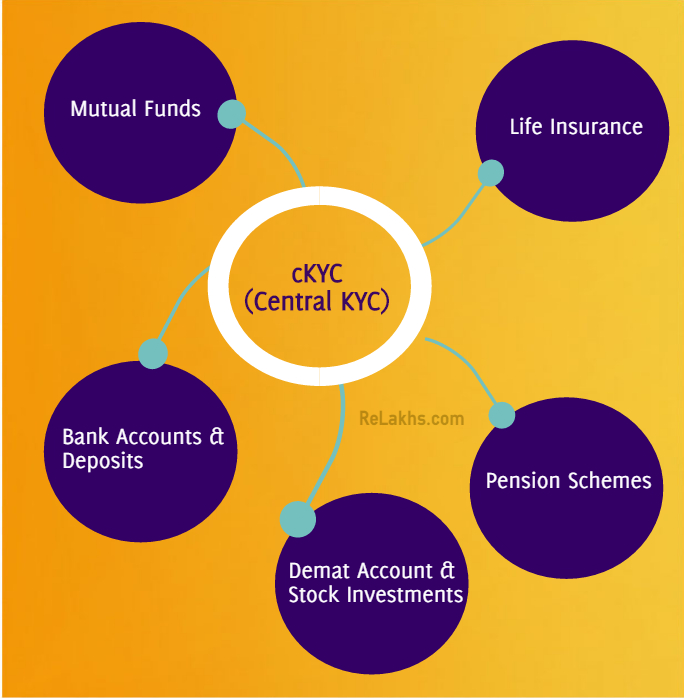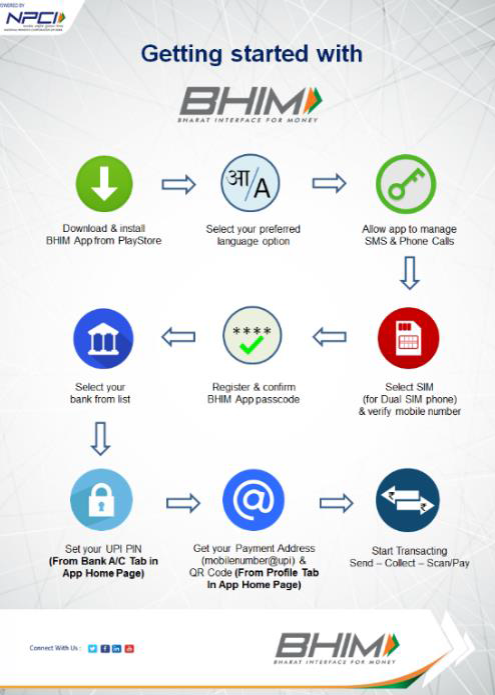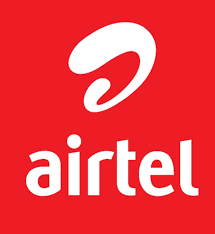Money Markets and its Common features
The money market is where financial instruments with high liquidity and very short maturities are traded. It is used by participants as a means for borrowing and lending in the short term, with maturities that usually range from overnight to just under a year.
Segments of money markets in India
Various instruments of Money Markets; Call Money, Notice Money and Term Money Markets; Commercial Bills; Certificate Of Deposits (CDs); Commercial Paper (CP); Money Market Mutual Funds (MMMFs); Repo and Reverse Repo auctions; Discount And Finance House of India (DFHI);
Structure
The Indian money market consists of the unorganised sector: moneylenders, indigenous bankers, and unregulated Non-Bank Financial Intermediaries (e.g. Finance companies, Chit funds, Nidhis); organised sector: Reserve Bank of India, private banks, public sector banks, development banks and other non-banking financial companies (NBFCs) such as Life Insurance Corporation of India (LIC), the International Finance Corporation, IDBI, and the co-operative sector.
Call money market
The call money market deals in short term finance repayable on demand, with a maturity period varying from one day to 14 days. S.K. Muranjan commented that call loans in India are provided to the bill market, rendered between banks, and given for the purpose of dealing in the bullion market and stock exchanges.[3] Commercial banks, both Indian and foreign, co-operative banks, Discount and Finance House of India Ltd.(DFHI), Securities trading corporation of India (STCI) participate as both lenders and borrowers and Life Insurance Corporation of India (LIC), Unit Trust of India(UTI), National Bank for Agriculture and Rural Development (NABARD)can participate only as lenders. The interest rate paid on call money loans, known as the call rate, is highly volatile.
It is the most sensitive section of the money market and the changes in the demand for and supply of call loans are promptly reflected in call rates. There are now two call rates in India: the Inter bank call rate and the lending rate of DFHI. The ceilings on the call rate and inter-bank term money rate were dropped, with effect from May 1, 1989. The Indian call money market has been transformed into a pure inter-bank market during 2006–07.[4] The major call money markets are in Mumbai, Kolkata, Delhi, Chennai, Ahmedabad.
Treasury bill market
Treasury bills are instrument of short-term borrowing by the Government of India, issued as promissory notes under discount. The interest received on them is the discount, which is the difference between the price at which they are issued and their redemption value. They have assured yield and negligible risk of default. Under one classification, treasury bills are categorised as ad hoc, tap and auction bills. Under another one, it is classified on the maturity period like 91-days TBs, 182-days TBs, 364-days TBs and also 10-days TBs which has two types. In the recent times (2002–03, 2003–04), the Reserve Bank of India has been issuing only 91-day and 364-day treasury bills. The auction format of 91-day treasury bill has changed from uniform price to multiple price to encourage more responsible bidding from the market players.The bills are of two kinds- Adhoc and regular.
The adhoc bills are issued for investment by the state governments, semi government departments and foreign central banks for temporary investment. They are not sold to banks and general public. The treasury bills sold to the public and banks are called regular treasury bills. They are freely marketable and commercial banks buy entire quantities of such bills, issued on tender. They are bought and sold on discount basis. Ad-hoc bills were abolished in April 1997.

 India’s first Fintech Company listed in the National Stock Exchange and Bombay Stock exchange
India’s first Fintech Company listed in the National Stock Exchange and Bombay Stock exchange  Your Cost Of Investing In Mutual Funds To Come Down
Your Cost Of Investing In Mutual Funds To Come Down  NACH- NPCI has implemented National Automated Clearing House
NACH- NPCI has implemented National Automated Clearing House  New Fund Offering by SBI MF – SBI Dividend Yield Fund
New Fund Offering by SBI MF – SBI Dividend Yield Fund  Bharti Airtel’s 5G user-base expands
Bharti Airtel’s 5G user-base expands  GK TODAY -HISTORY AT A GLANCE
GK TODAY -HISTORY AT A GLANCE